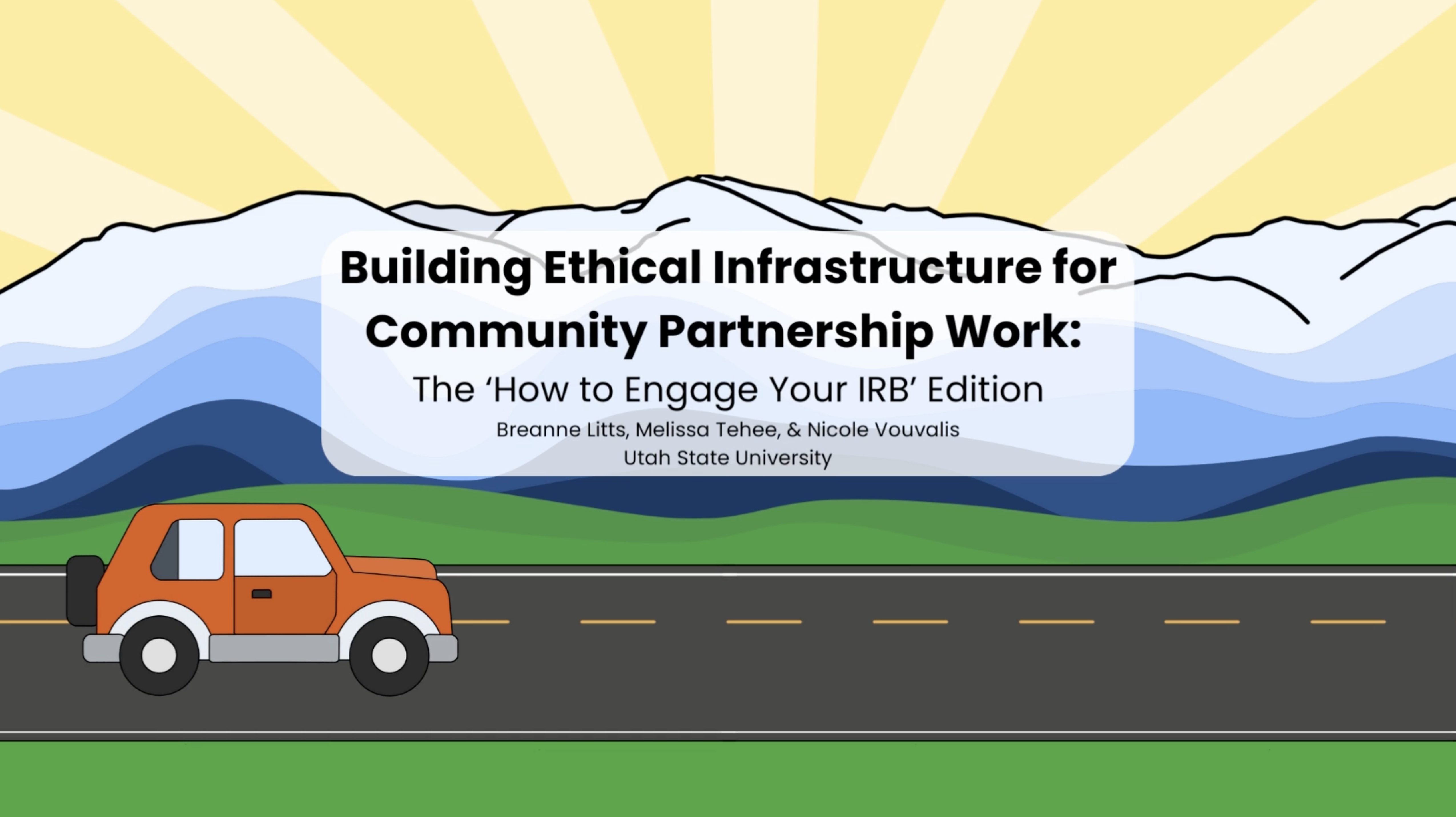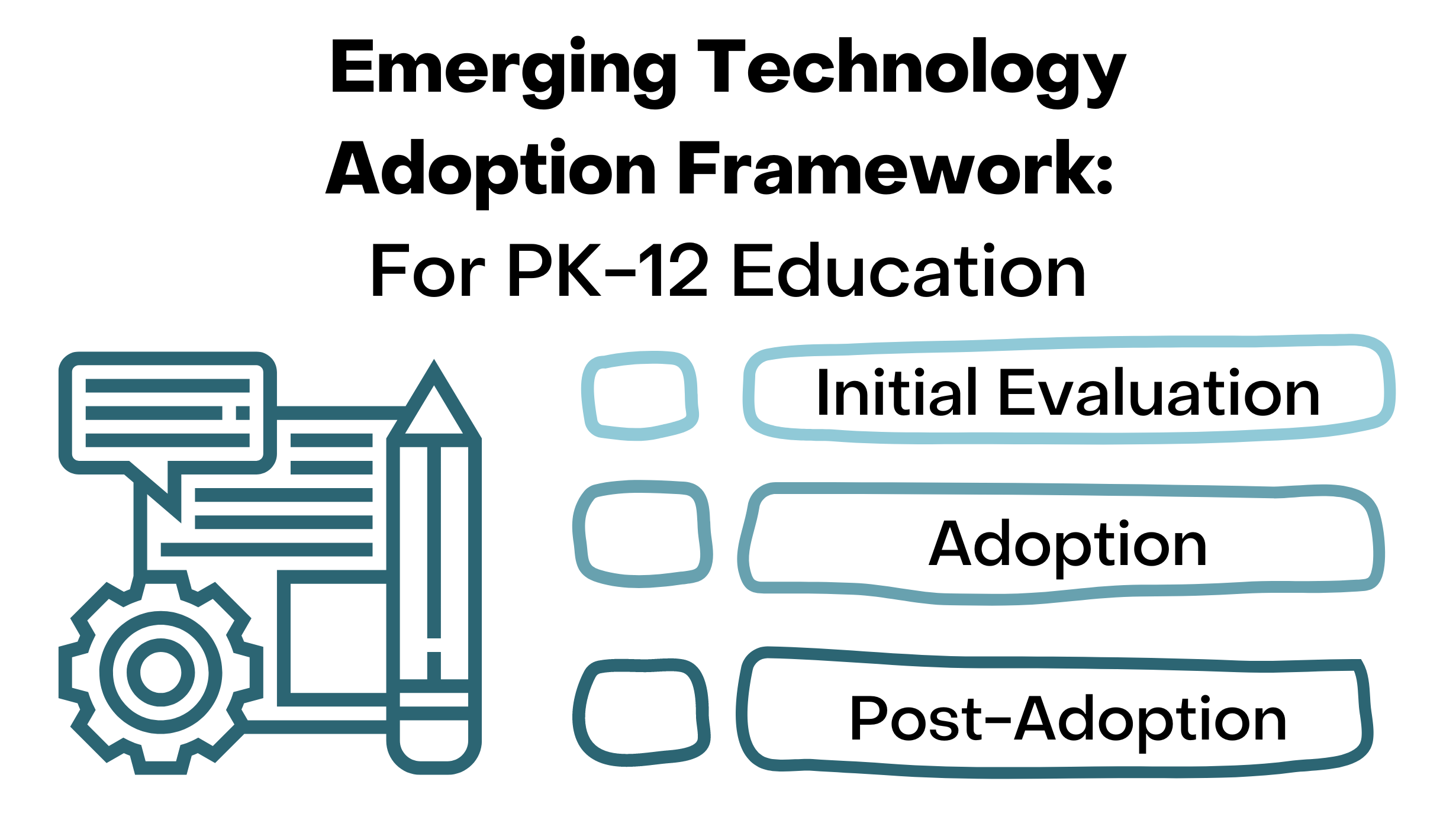How are Partnerships Structured to be Transformative?
The CIRCLS’21 report states that to design useful emerging teaching and learning technologies, researchers need to empower their partners. “Partner” was defined broadly as learners, teachers, parents, policymakers, school leaders, community center leaders, museum staff, and others who use, implement, or make decisions about the technologies being developed. Researchers must engage partners early and often in the research process, listen to partners and yield more power to their voice, learn about what partners have already accomplished, engage in co-design to utilize partner assets, and give back to partners by building capacity in areas that are important to them.
This section highlights different approaches to ethically and successfully engaging partners in three research projects.
Building Ethical Infrastructure for Community Partnership Work: The ‘How to Engage Your IRB’ Edition focuses on an important, yet often overlooked, partner: the Institutional Review Board (IRB). In this project, the research team sought a successful long-term partnership with K-12 schools and educators, Tribal Nations, and Indigenous communities. Many researchers view the IRB as a box they need to check off versus a valuable partner and resource for ethically building community partnerships. This piece includes the perspectives of researcher Breanne Litts and IRB representative Nicole Vouvalis, as well as commentary by researcher Melissa Tehee. The three authors share how meaningfully engaging the IRB as a partner early on – as well as having open and honest conversations about research goals – can lead to more ethical and impactful community partnerships that truly honor the voices of participants.
Emerging Technology Adoption Policy for Educators discusses how researchers and educators, school leaders, and emerging technology experts worked in collaboration to develop a novel evaluation framework to inform the adoption of new technology by districts and schools. This piece speaks about the importance of listening to the voices of teachers, administrators, and experts when designing an evaluation framework that can be adopted in U.S. classrooms in an organic and culturally responsive way. Pati Ruiz and Eleanor Richard highlight three critical elements that they relied on to create an intentional and meaningful partnership between researchers, teachers and administrators to develop a novel evaluation framework.
Conjecture Mapping discusses how conjecture maps can be a helpful tool for structuring discussions and goal setting across partners from different disciplinary backgrounds. An AI Institute used this tool to help computer scientists and learning scientists draw connections between technical elements of a project design and the learning goals. They also found the tool to be useful for mapping ideas imagined by youth participants as they designed norms for what they defined as a just community. The maps gave a structure to their dreams, highlighting what needed to change for the dreams to be realized.

 Download the CIRCLS 2023 Community Report (PDF)
Download the CIRCLS 2023 Community Report (PDF)

